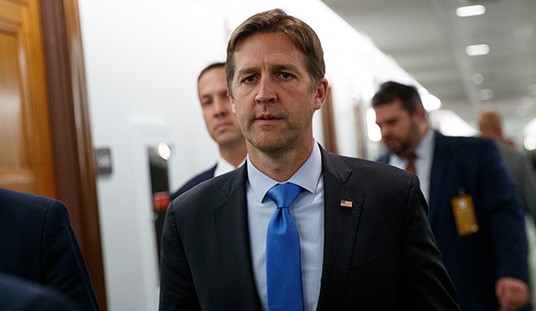In an appearance on Face the Nation Sunday, Dr. Deborah Birx gave Americans who celebrated Thanksgiving with people outside their household some advice:
“We know people may have made mistakes over the Thanksgiving time period,” Birx said in an interview with Face the Nation. “If you’re young and you gathered, you need to be tested about five to 10 days later. But you need to assume that you’re infected and not go near your grandparents and aunts and others without a mask.”
Birx also said it’s crucial to avoid others with comorbidities
This doesn’t seem very clear, especially when the CDC guidance provides completely different instructions. This document tells people your doctor or health provider may recommend a test if you have symptoms. Following close contact, defined as within six feet for fifteen minutes, with someone who has a positive test, the guidance says get a test and isolate for 14 days. It also states that if you do not have COVID-19 symptoms and have not been in close contact with someone known to have SARS-CoV-2 infection, then you do not need a test unless recommended or required by your healthcare provider or public health official.
Further, if your symptoms are mild to moderate, with or without a test, the guidance says that you can be considered recovered after ten days and 24 hours fever-free without medication. Under the heading “Duration of Isolation and Precautions for Adults with COVID-19,” the reason for the ten-day isolation is specified:
Available data indicate that persons with mild to moderate COVID-19 remain infectious no longer than 10 days after symptom onset.
So why would anyone get a test between five and ten days after a gathering? Especially since the guidance also says that recovered patients can test positive for up to 90 days:
Recovered persons can continue to shed detectable SARS-CoV-2 RNA in upper respiratory specimens for up to 3 months after illness onset, albeit at concentrations considerably lower than during illness, in ranges where replication-competent virus has not been reliably recovered and infectiousness is unlikely.
The vast majority of young, healthy people suffer from mild to moderate disease. The recommendation to test is in the window when symptoms commonly appear. The median in one study is day five, and the average in another is between day five and six following exposure. According to the first study, 97.5% of people exhibit symptoms by day eleven.
To suggest that people with no symptoms get tested en masse 5-10 days after they gathered for Thanksgiving seems excessive. Somewhere north of half of those who contracted the virus and will become ill would be showing symptoms. And a recent study says those who do not become ill and are truly asymptomatic after 14 days do not spread the virus.
Obviously, if you are informed that someone at your gathering tested positive, consult your doctor and follow the CDC’s recommendations. Testing recommendations are based on symptoms and close contact with someone known to have an infection. The research these recommendations are based on is listed on the website.
And, as we all should, be extra cautious around older family members and those with pre-existing conditions. But even then, a new report indicates 89% of hospitalized patients who died with COVID-19 had do-not-resuscitate orders before being admitted and diagnosed. And the new WHO data places the infection fatality rate at 0.13%, which is similar to influenza.
For Dr. Birx to suggest something wildly different than the current CDC guidelines seems strange. It might be possible to take these kinds of suggestions more seriously if the same mass testing were recommended if you attended a Biden celebration rally. Perhaps if public health experts had not penned a letter saying systemic racism was a bigger public health risk than COVID-19, we would pay more attention. Or if testing were recommended following an unmasked dinner at French Laundry with no social distancing.
It is increasingly obvious that these dire warnings only seem to occur for ordinary Americans doing ordinary American things—going to religious services, going to the gym, going to sports events, and now celebrating holidays. Even small children recognize inconsistency and do not respond well to it. Certainly, adults can see the insane differences in how public health experts comment and scold depending on who is doing the gathering. It is time to demand the rationale and data supporting these recommendations and never-ending restrictions.










Join the conversation as a VIP Member